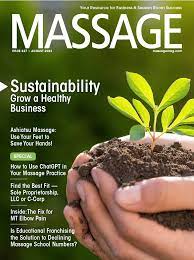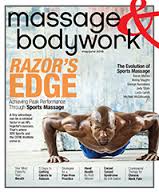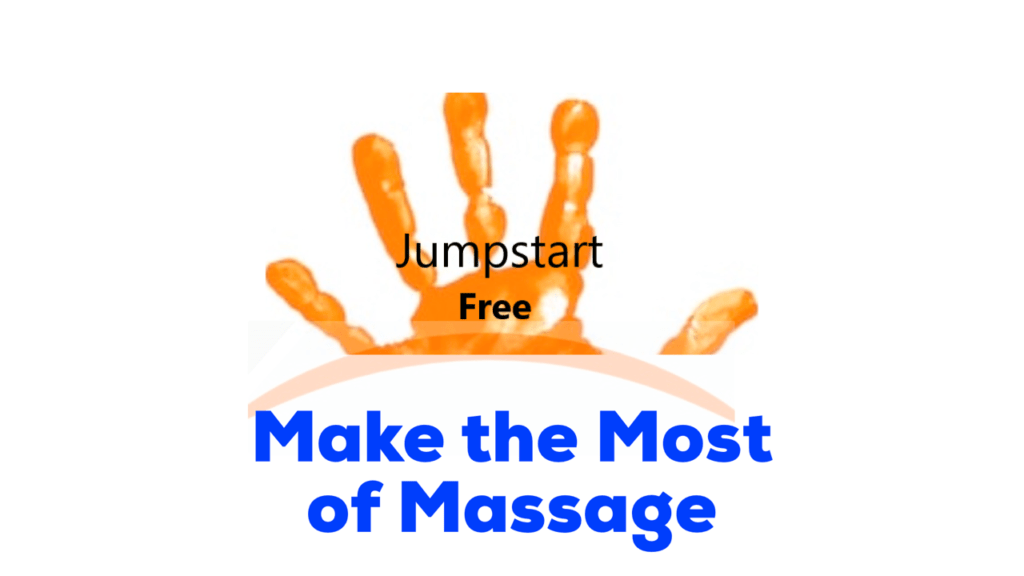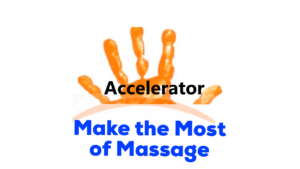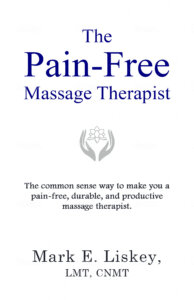Do you need a face shield when doing massage during COVID-19?
To be as safe as possible, yes.
Wait, we already covered the mouth and nose to reduce the possible transmission of COVID-19 through droplets via coughing or sneezing. Why the eyes now?
From an article in Managed Healthcare Executive:
“The eyes are an important part of the body to protect because, like the nose and mouth, they are mucous membranes where germs can infect the body,” Ruchman says. “The virus spreads when infected droplets from a sick person’s mouth or nose come in contact with another person’s face, often when they cough, sneeze or talk. Although it’s more likely to be infected by inhaling these droplets through your mouth or nose, they can also enter through your eyes, especially if you touch something that has viral particles on it and then rub your eyes.”
Still not ready to look like a chem lab tech or a HAZMAT 1st responder?
According to an NPR article, Dr. Joseph Fair, virologist and epidemiologist, believes that he caught coronavirus through the eyes. On a crowded flight he wore a mask and gloves, but no eye protection. Two weeks later he had COVID-19.
The CDC also acknowledges that transmission could happen through the eyes.
Dr. Abraar Karan at Harvard Medical School says, “it’s hard to quantify exactly what the risk is in terms [of] through the eye specifically.” (NPR article.)
And even though Karan and other experts feel that eye transmission is less likely than nose or mouth, Karan goes on to say in the article that “…in health care settings, eye coverings are immensely important. ‘We definitely don’t go into [coronavirus patients’] rooms without eye coverings.’ He says other jobs that require people to work face-to-face, like a barber, might also choose to wear a full-face clear plastic shield.”
More Reasons To Wear a Face Shield
And let’s add this to our particular mix: In order to do our job, we break almost every COVID-19 no-no.
We are in a enclosed area with a person for a protracted period of time where we can’t social distance.
In fact, even though the client is wearing a mask (if you client is not wearing a mask, go here now), we are often within feet of the client’s nose or mouth.
Guess what? I’m wearing a face shield.
Massage Therapist Face Shield Challenges
If you choose to wear a face shield, I’m not going to lie, it comes with some challenges.
1. Mask + face shield can equal hot IF your room is not cool enough.
If you have limited or no control over the temperature in your room, strategically adjust how far the shield comes down.
Normal wear means your face shield bottom should be in line with your chin or lower.
If you’re getting hot behind your face shield you can flip up the face shield a little to allow for more air exchange.
If I need more air exchange I do this when I’m working away from the client’s head, like on her legs or feet. Then when I go back to the upper-body, I pull the shield down all the way.
Talking will also heat up the face shield. With high-talk clients I keep the room a touch cooler and that does the trick.
If you can’t control your climate and your room is warm and you have a high-talk client, try goggles instead of a shield. (I’m still looking for the goggles that will work best on the bridge of my nose when I’m wearing a N95.)
I want to take a moment now and talk about air flow. Specifically, I want to focus on air conditioning and air flow. Remember the Chinese study with the restaurant patrons? It concluded that the AC air-current spread COVID-19 from the infected patron to other patrons.
In our office, we have wall-unit, blower ACs. So, the way our tables are laid out, the AC air-flow goes from the client’s feet to his face.
If I’m doing neck and head work on the client and the AC is on, then I’m in the direct flow of the AC, and the client’s exhalation is coming my way.
I don’t want that. So, if it’s getting too warm in the room, I turn on the AC when I’m working on the client’s legs and turn it off when I’m around the client’s face.
Am I being overly paranoid?
Probably.
In the restaurant case study the patrons weren’t wearing masks. On my table, clients are—and that should reduce droplet airborne activity.
In a restaurant, patrons are projecting their voices and talking loud to be heard over the competing conversations—so that means droplets with more velocity than during a normal conversation.
On my table, most of my clients are quiet.
There’s another big difference between my massage room and a restaurant room. I can facilitate better air exchange in my room.
We know that being outside is better than being inside for reducing the transmission of COVID-19. So, I want my “inside” to be like “outside” as much as I can. In other words, I want lots of non-room air in my room to dissipate any droplet or aerosolized COVID-19.
How do I do this?
I now have all windows in the massage room open.
I also work with the massage door open (it opens into our waiting room which we don’t use anymore). Our office door, which leads to a hallway, is open, too. Since I schedule clients with plenty of in-between time, I know that no one is going to walk in on a client.
Lastly, we have a HEPA air filtering unit in each massage room.
It’s not “outside”, but it’s closer to being outside than if I were to do nothing to promote air exchange.
On to challenge #2 with wearing a face shield.
2. Mask and face shield look more like intubation than relaxation.
Yes, you can turn off a massage client by looking like you’re geared up for brain surgery.
This one is an easy fix.
Put your massage mask and shield on while the client’s getting on the table.
When I first see the client I have a happy cotton mask on.
As she’s getting on the table, I switch out to a N95 with a surgical mask over-top that. I put my face shield on, but keep it up because I will need to talk to the client for the first minute or two of the massage, especially if it’s a new client.
When the mask is all the way down, it can sound like you’re talking into a can. When the shield is down and you’re talking, you just need to project your voice or lift the shield up slightly.
After the massage is over and I’m getting ready to leave the room, I flip the face shield up to let the client know that the massage is over.
The last challenge with a face shield has to do with scaring the client again.
3. Face shield hair.
I’m just going to say look in the mirror after you take your face shield off.
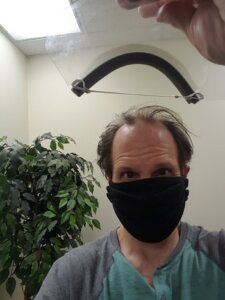
I haven’t scared off a client with face-shield-hair yet, but I’ve gotten some looks.
Pretty easy stuff to handle, right?
And face shields are inexpensive.
Mine is cheap and easy to clean. Experts recommend soapy warm water so that you don’t destroy the anti-fogging coating if it has one. I use disinfectant wipes because my shield is cheap and it’s more convenient for me to clean that way.
At this point, you may be ready to ditch your mask in lieu of a shield. But that is not what the experts want you to do.
They are saying add the shield as a supplement to the mask.
Why?
There is not enough research to determine if shields alone are as effective as masks for protecting against COVID-19 transmission.
Wear A Massage Therapist Face Shield
To me, wearing a face shield along with a mask is a no-brainer.
Protect all entry points: mouth, nose and eyes.
Face-shield hair is fixable.
Heating up behind a face shield can be eliminated.
And you don’t have to scare the client if you wait to put your face shield on after the client gets on the table.
Remember that when using a face shield to make sure the bottom of the face shield is at your chin line or below.
Also, the face shield should wrap around to almost touching your ears.
And there should be no space between your forehead and the shield.
That’s it—mouth, nose and ear protected. You’re doing everything you can to protect yourself and your client.
For more about staying safe as possible (and making money) doing massage during COVID-19 and beyond, sign up for my email group. I’ll send you my weekly articles. It’s free:-)

